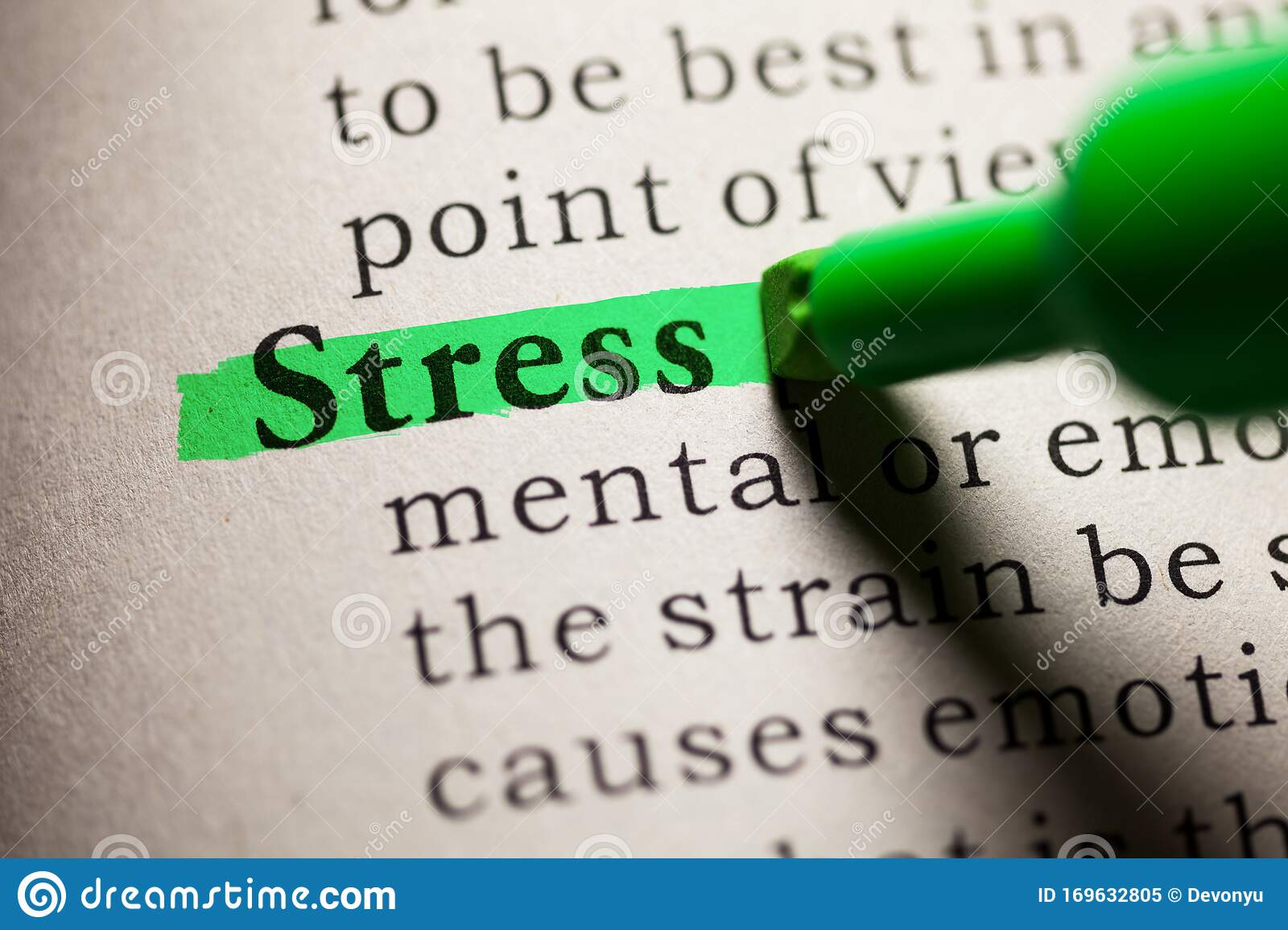
Many state and local governments have developed or are planning programs that prevent obesity. These programs can help promote healthy lifestyles and reduce body fat. Local governments can also coordinate these efforts and focus on the local needs of residents. One example is the creation of a community exercise center as part of a local obesity prevention program. This is an effective way to get children moving and reduce calorie intake. A fitness center is a place that encourages physical activity, which can help keep people in good health.
Numerous state governments have taken steps towards fighting obesity. One example is that the government could establish a sugar reduction target to consumers. This goal is intended to improve people's health. A portion reduction plan, in the same way, is another good way to achieve this goal. This type of program can also be marketed to pregnant women and mothers of young children. This program has many benefits, which are available to everyone, including the elderly. Some people may not realize that these strategies are effective in their local communities.

The federal government has had a long-standing commitment towards nutrition and physical fitness, but obesity prevention has not been given much attention. Because obesity is America's number one health indicator, programs must be tailored to combat it. The President's Council on Physical Fitness and Sports has developed a national initiative called Fit 'n Active Kids and the Partnership for a Walkable America. The Partnership for Healthy Eating and Active Living has developed a program called America on the Move, which focuses on preventing adult weight gain by increasing the physical activity of an individual and decreasing their caloric intake.
CDC grants are another way to fund obesity prevention efforts. These grants are used to support programs for persons with disabilities. The grant program by the CDC focuses primarily upon chronic disease prevention as well as local capacity building. It can also be instrumental in establishing community demonstration projects. In FY 2003, the CDC provided a total of twenty states with these grants. Expanding the grant funds to the state level may allow for additional states to benefit.
Many public health programs are available to help prevent obesity. The CDC also funds states, universities, and communities to promote healthy eating and physical activity. The CDC's website provides information about grantee programs as well as funding sources. Important to remember that not all types of obesity can be treated by public health programs. A few of the best programs are not designed to tackle all causes of obesity. By addressing the root causes of the disease, they can help improve the overall health of the community.

New Jersey's health department has been intensifying its efforts to fight the bulge. It created the Office of Nutrition and Fitness, which coordinates programs to prevent obesity. The state is regarded as the best state for children and adults. With so many obese and overweight children, it is vital that the government invests in nutrition education. The federal government should support its efforts in nutrition education, as it is crucial for the health and well-being of its citizens.
FAQ
What's the Best Way to Lose Weight?
It can be difficult to lose weight. Many people give-up easily because they don’t have the right information.
There are simple steps you can take in order to lose those extra pounds.
First, make sure you eat less calories than you burn. You can gain weight by eating more calories than your body burns.
The second is to get regular exercise in order burn those calories. You can choose from different types of exercises, including jogging, walking, cycling, dancing, etc.
Third, stop smoking and drinking alcohol. These habits can cause you to consume more calories that you would otherwise.
Fourth, reduce your intake of fatty and processed foods. They can be replaced by healthier options, such as fruits and vegetables, lean meats or whole grains, legumes, seeds, beans, and nuts.
Fifth, you need to change your lifestyle and adopt new habits. It is possible to wake up at 5 AM to go to work, or to be more active before you get to work.
Sixth, you must be disciplined and follow your diet plan.
For those extra calories, you could join a class or go to a gym.
You'll quickly start to notice results if you follow these simple tips.
Is Cardio Better Than Strength Training?
Both are equally beneficial. However, cardio is more effective if you're looking to bulk up faster.
Cardio burns more calories per hour than strength training, and also burns more fat.
Strength training is a great way to build muscle mass. However, it takes more effort than cardio.
How To Lose Belly Fat Fast
There are many ways to quickly reduce belly fat. You can reduce your intake of food and drink more water.
Running and swimming are two other ways to boost your metabolism.
To quickly reduce belly fat, avoid sitting too much. Instead, get up and move around throughout the day. This will allow you to burn more calories.
There is an alternative option if you've tried all of these options and still have trouble losing belly fat.
A belt is a device that allows you to do this. When you sit down, the belt tightens around your waist.
As a result, you will feel uncomfortable and move around. This makes it easier to lose weight and calories.
Do I have the obligation to exercise every day or just on occasion?
No! You should do at least 30 mins of moderate-intensity activity 5 days per week. This means that you should be able to walk fast enough to feel slightly out of breath, or bike hard enough to sweat.
What's a good routine for a daily workout?
Regular exercise is key for staying in shape. No matter what kind of exercise you do, as long you do it consistently. The key thing is consistency. To achieve success, you need to persevere for a long time.
Begin by starting to do a little bit of physical activity each day (like walking). Increase the time you spend exercising each day until you can do 30 minutes. This could include running, cycling, swimming, weight training, yoga, or aerobics classes.
It is important to exercise every day of the week. You should not miss any sessions unless there is a good reason.
Wear appropriate clothing and footwear when exercising outdoors. You also need to consider the weather conditions and whether they affect your ability to exercise safely.
When exercising, ensure you drink lots of water. Drinking alcohol during exercise can cause dehydration. Caffeinated beverages such as tea, coffee, and cola should be avoided. They may give you energy, but they will also dehydrate you.
It's common to feel tired after your first workout. However, if you continue with your program, you'll soon feel more energetic and refreshed.
Which workout is best to build muscle?
When you are building muscle mass, there are two main exercises you need to do. These are isolation exercises and compound moves. While compound movements focus on a single muscle, isolation exercises are focused on specific muscles.
Choose exercises that test all your major muscle groups to improve your workouts. This will ensure that you work hard every session.
MyFitnessPal, an app that tracks your actions, can be used to help you keep track. It allows you log everything, including calories burned and weight lifted. You can also create customized meal plans based upon your goals.
Statistics
- 10 pounds in a month is likely during a lean bulking phase, especially for beginners. (muscleandstrength.com)
- According to the American Academy of Dermatology (AAD), men over 50 are at a heightened risk of developing it. (healthline.com)
- An estimated calorie range for moderately active adult males falls between 2,200 to 2,800 calories per day, depending on age. (eatright.org)
- Are You One of the 20% of Guys (mh.co.za)
- The PRS enabled risk stratification for overall prostate cancer and lethal disease with a four-fold difference between men in the highest and lowest quartiles (HR, 4.32; 95% confidence interval [CI], 3.16-5.89). (pubmed.ncbi.nlm.nih.gov)
External Links
How To
How can a man get in shape in 30 days?
Breaking down your fitness goals into smaller, more manageable steps is the best way for you to reach your fitness goals.
Every day, you must work towards your goal. This could be as simple as doing 10 pushups and running for 3km.
Consistently doing this will lead to positive results.
Here, consistency is the key. You must keep going until you succeed.
What is the difference between Aerobic Fitness (or Anaerobic Fitness)?
Anaerobic fitness refers the body's ability to do intense physical work while lacking oxygen. Anaerobic pathways are used to give our bodies enough energy to perform high-intensity exercise. Anaerobic pathways include glycolysis, creatine phosphate, the phosphagen, lactic acid, etc.
Contrary to that, aerobic fitness is the ability to sustain low-intensity exercises for a long time. When doing aerobic exercises, oxygen serves as the primary source for fuel for the cells. In other words, aerobic pathways provide more energy than anaerobic.
You must build your aerobic capacity before you can run a marathon. If you don't focus on increasing your aerobic capacity, you will not be able finish the race.
Aerobic fitness also refers to cardiovascular fitness. The two most common methods of measuring cardiovascular fitness are VO2 max testing and step tests.
VO2 Max Test
The maximum amount of oxygen (O2) the body can use during exercise is called VO2 max. This test determines how much O2 your body can use during exercise.
This test can measure your cardiovascular fitness accurately. However, it requires expensive equipment and highly trained professionals to administer the test.
Step Tests
Step tests are a quick and easy way to test your cardiovascular fitness. Based on your age and weight, they involve running or walking on a track or treadmill for a specified time.
These tests are inexpensive, easy to conduct, and can be done almost anywhere. You could, for instance, run on a treadmill for two minutes, rest for one minute, and then go back to the starting point for 20 minutes. Your heart rate should remain within a specific range throughout the whole session.
This method is known as the "Bruce Protocol". Bruce, himself a runner developed this protocol when he realized his heart rate didn't rise when he ran long distances.